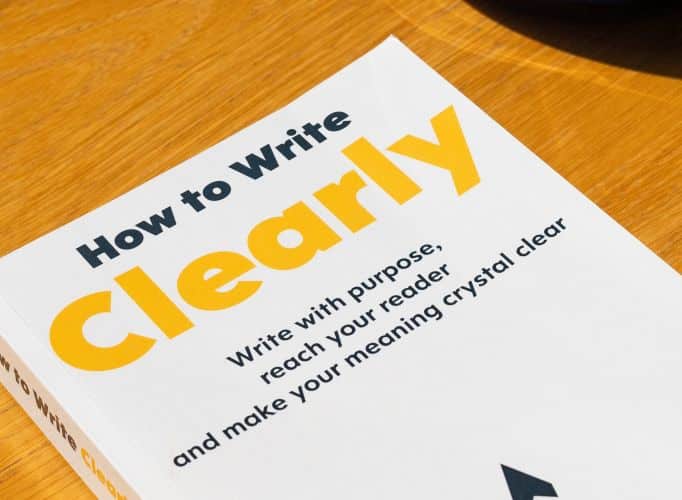Many people are wondering why on Earth Donald Trump decided to manage his own Twitter account. Whatever your politics, you’ll probably agree that it’s not doing him any favours right now.
Quite apart from the sudden outbursts and poor diplomacy on Twitter (and elsewhere), it’s perfectly obvious that Donald Trump can’t spell either.
A PR disaster
Newspaper journalists have devoted endless column inches to Trump’s spelling attempts. Just last week, The Telegraph reported that he had made three attempts to spell ‘hereby’ correctly – trying both ‘hearby’ and ‘hear by’ before getting it right.
Trump’s poor spelling only served to undermine the message in his tweet. He had been trying to prove that Nancy Pelosi, the House Democratic Leader, was lying about a meeting with the Russian ambassador but it was his spelling that attracted more attention.
It’s not the first time that Trump’s spelling has come under fire. Several times over the past six months, journalists have commented on Trump’s inability to spell key words such as ‘unprecedented’ (he spelt it ‘unpresidented’) or ‘honered’ (US spelling: ‘honored’).
The problem here is not Trump’s spelling but his decision not to get it checked. It just looks sloppy. If he can’t spell check his work, can he really be trusted with the nuclear codes?
I’m guessing his advisors are probably too frightened to tell him that he needs a spell checker.
Is spelling your forte?
For many years, I worked in corporate marketing, which often involved dealing with senior board members. One particular CEO was terrible at spelling and there were often typos on her blog. I once mentioned this in passing to her communications manager who told me, “Well, I think the spelling mistakes just show that her creative juices are flowing and add to the authenticity of her writing”. I couldn’t have disagreed more. They just made the CEO look silly, frankly.
Of course, spelling is not everyone’s forte. We all make mistakes at times – even trusty copywriters!
So, it’s worthwhile following a few simple guidelines to minimise any potential typos. These are vital – whether you’re putting together a blog, a letter, a website or any kind of communication.
Top proofreading tips
- Always proofread your words before hitting ‘publish’. Read your words once for sense and once for spelling and grammar. Read unnaturally slowly – proofreading can’t be done in a hurry.
- Leave time between writing and proofreading if you can. This will enable you to spot errors that may not be obvious initially.
- Find a quiet setting for your proofreading – away from music and chatter. I find it virtually impossible to proofread in an open-plan office – there’s too many distractions. If you work in this kind of environment, find a quiet space, such as an empty meeting room, for your proofreading.
- Read the words out loud.
- Check the headings and page numbering separately from the main body of the writing.
- Check proper nouns (e.g. names of companies) and ‘little’ words (e.g. ‘of’, ‘in’ and ‘an’) particularly carefully.
- Proofread on paper rather than reading on screen. You are far more likely to spot errors this way.
- Run your work through a spell checker. This won’t pick up every error but it’s still worthwhile.
- Avoid proofreading if you’re tired or if it’s very late in the working day.
- Get someone else to check your spelling and grammar. Your mind can play tricks when you’re reading back your own words. Get a fresh set of eyes on your writing. This is my number one tip.
- Employ a professional proofreader – this is a very worthwhile investment.
If you follow these top tips, you won’t go far wrong. But if you’d like some help from a professional proofreader, please get in touch.


